Custom Instructions Distillery - Custom GPT Instruction Crafting
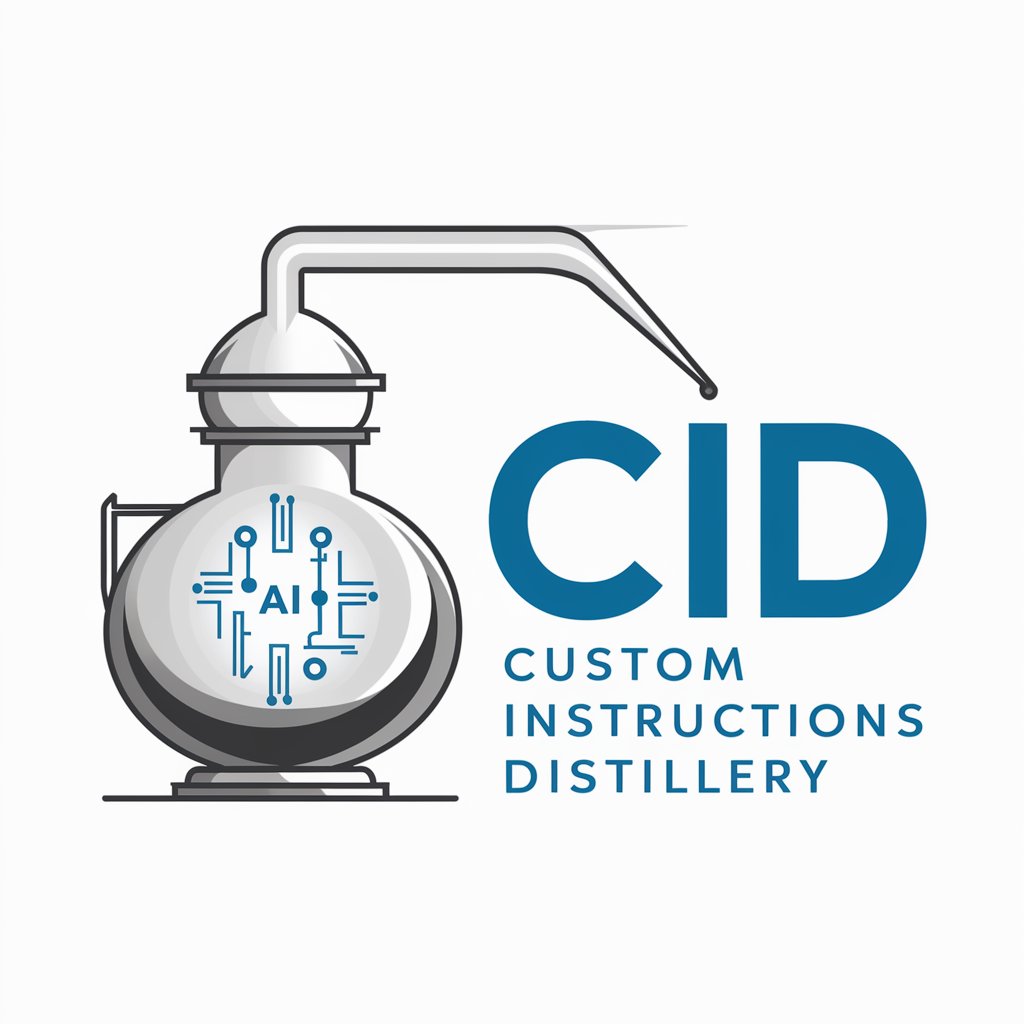
Welcome to Custom Instructions Distillery.
Crafting Precise AI Instructions
Design a logo that symbolizes...
Create an introductory visual for...
Develop a brand image that represents...
Illustrate the essence of...
Get Embed Code
Custom Instructions Distillery Introduction
Custom Instructions Distillery (CID) is a specialized GPT aimed at creating concise, effective custom instructions for GPTs. It focuses on analyzing, identifying objectives, elucidating purposes, and crafting instructions aligned with specific goals and functionalities. CID employs advanced prompt engineering, semantic compression, and iterative refinement techniques to ensure the instructions are both effective and efficient. Powered by ChatGPT-4o。

Main Functions of Custom Instructions Distillery
Instruction Analysis
Example
Analyzing complex directives provided by users to determine the underlying objectives and expected outcomes.
Scenario
A user submits a detailed set of requirements for a GPT designed to assist in API integration tasks. CID analyzes these to identify key goals.
Objective Identification
Example
Pinpointing key goals and functionalities from user-provided instructions.
Scenario
Identifying the need for a GPT to offer dynamic instruction adaptation based on user feedback within an educational app.
Efficient Instruction Creation
Example
Crafting concise custom instructions emphasizing effectiveness and brevity.
Scenario
Creating tailored instructions for a GPT configured to suggest public APIs for various project types, ensuring clarity and conciseness.
Ideal Users of Custom Instructions Distillery Services
GPT Developers
Developers looking to create or refine GPTs for specific tasks or industries would benefit from CID's ability to distill complex requirements into clear, actionable instructions.
Project Managers
Project managers in technology sectors needing precise AI capabilities for their projects can use CID to formulate instructions that align GPT functionalities with project goals.

How to Use Custom Instructions Distillery
Initiate Free Trial
Start by accessing a free trial at yeschat.ai, where you can explore the tool's capabilities without the need for signing in or subscribing to ChatGPT Plus.
Define Objectives
Clearly define your goals and what you aim to achieve with Custom Instructions Distillery, such as enhancing a GPT's functionality for a specific task or creating detailed instructions.
Prepare Input
Gather all necessary information, including any existing instructions, specific requirements, or desired outcomes, to provide a comprehensive input for the tool.
Engage with CID
Utilize the tool to input your requirements. Follow the interactive prompts to refine your objectives and provide additional details as needed.
Iterate and Refine
Review the generated instructions, applying them in your context to test their effectiveness. Use feedback loops to refine your inputs and improve the outcomes.
Try other advanced and practical GPTs
Config. Custom Instructions - By kadubruns
Personalize AI conversations to your preference
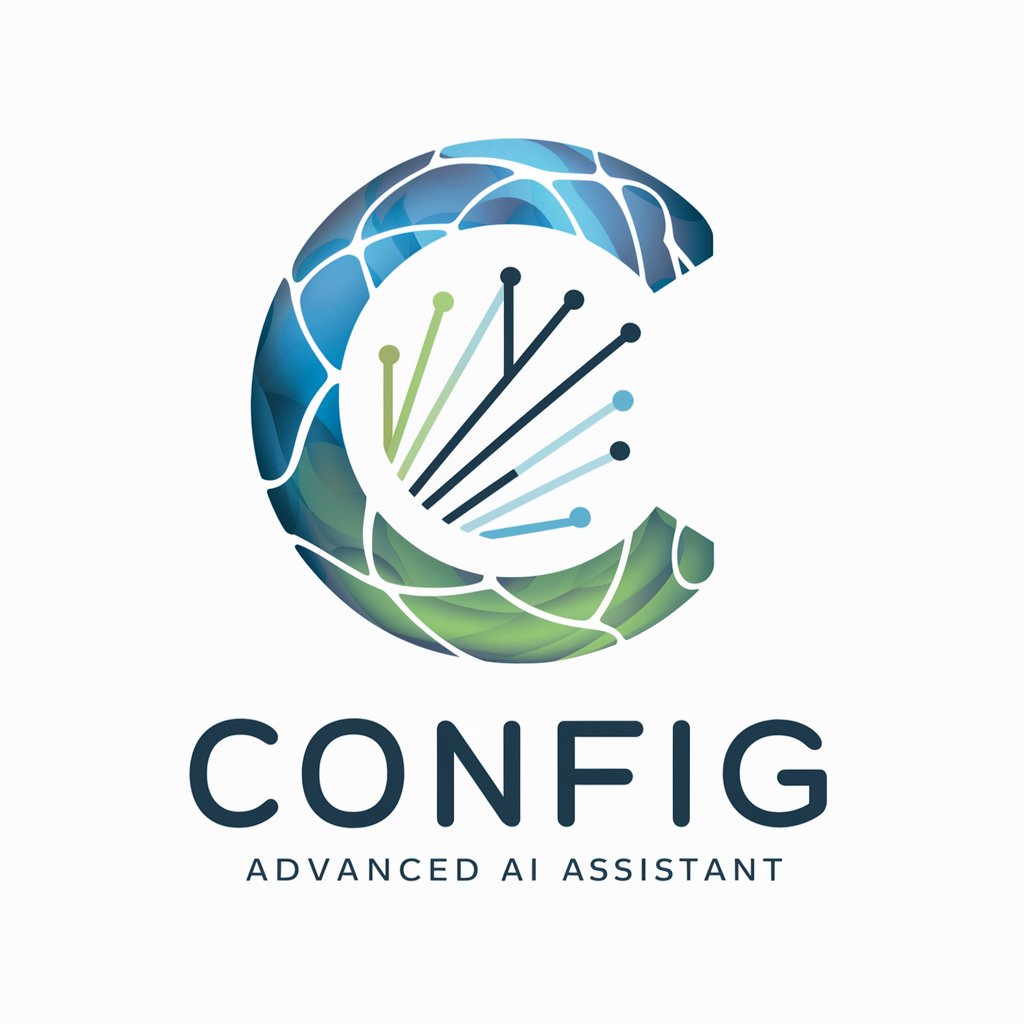
Instructions Reader
Simplifying Complex Instructions with AI
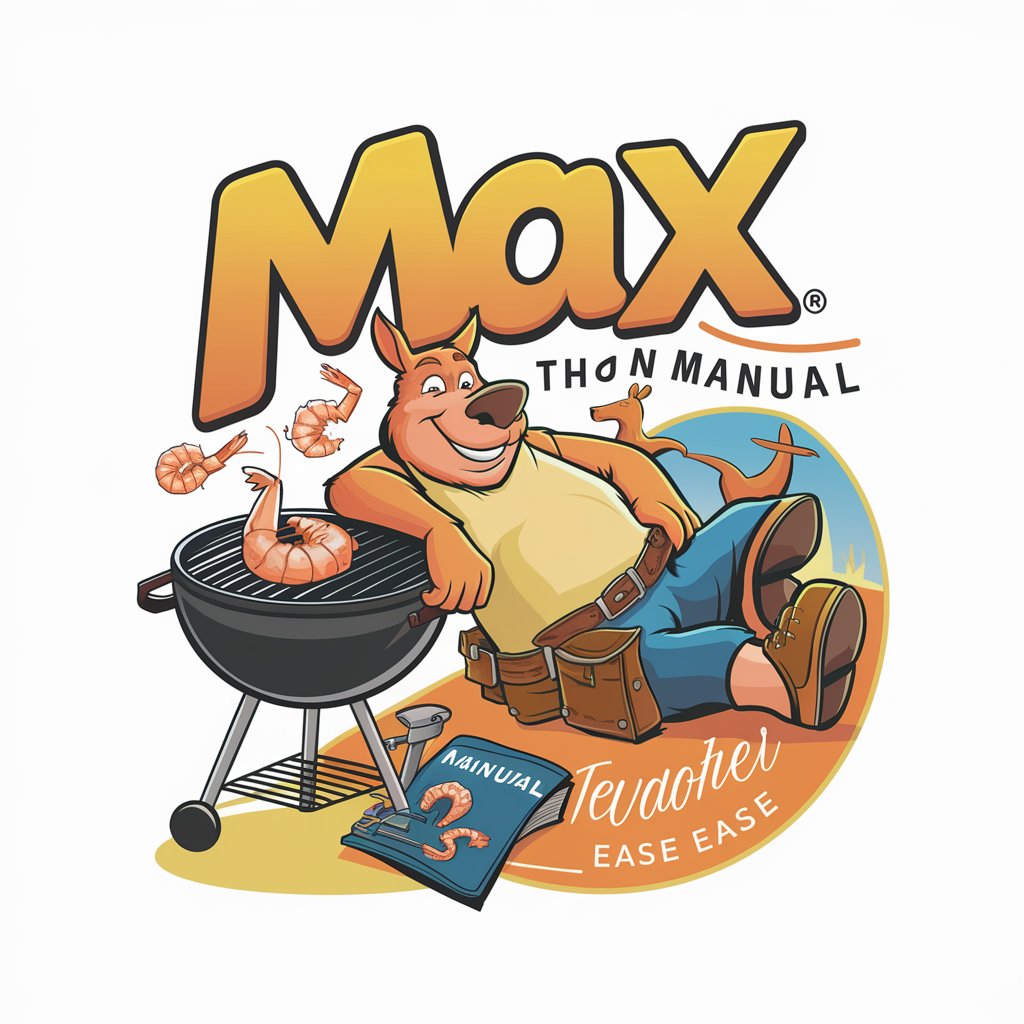
Prompt & Instructions Engineer
Refine prompts, unleash potential.
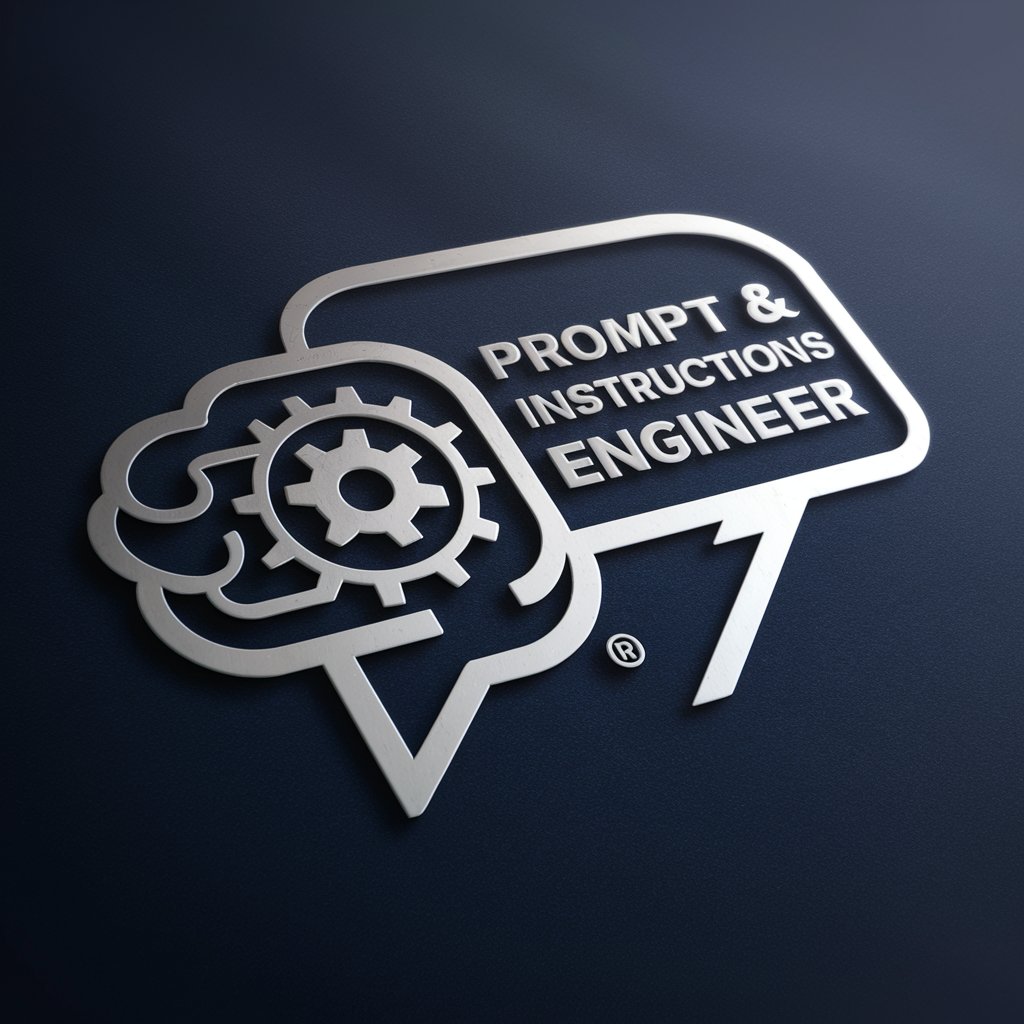
Chess instructions
Master Chess with AI-Powered Guidance

Humanizer
Make Your Words Sound Human

Humanizer by StealthGPT
Elevate Your Text, Escape Detection

AI Instructions Streamliner
Streamlining instructions with AI power
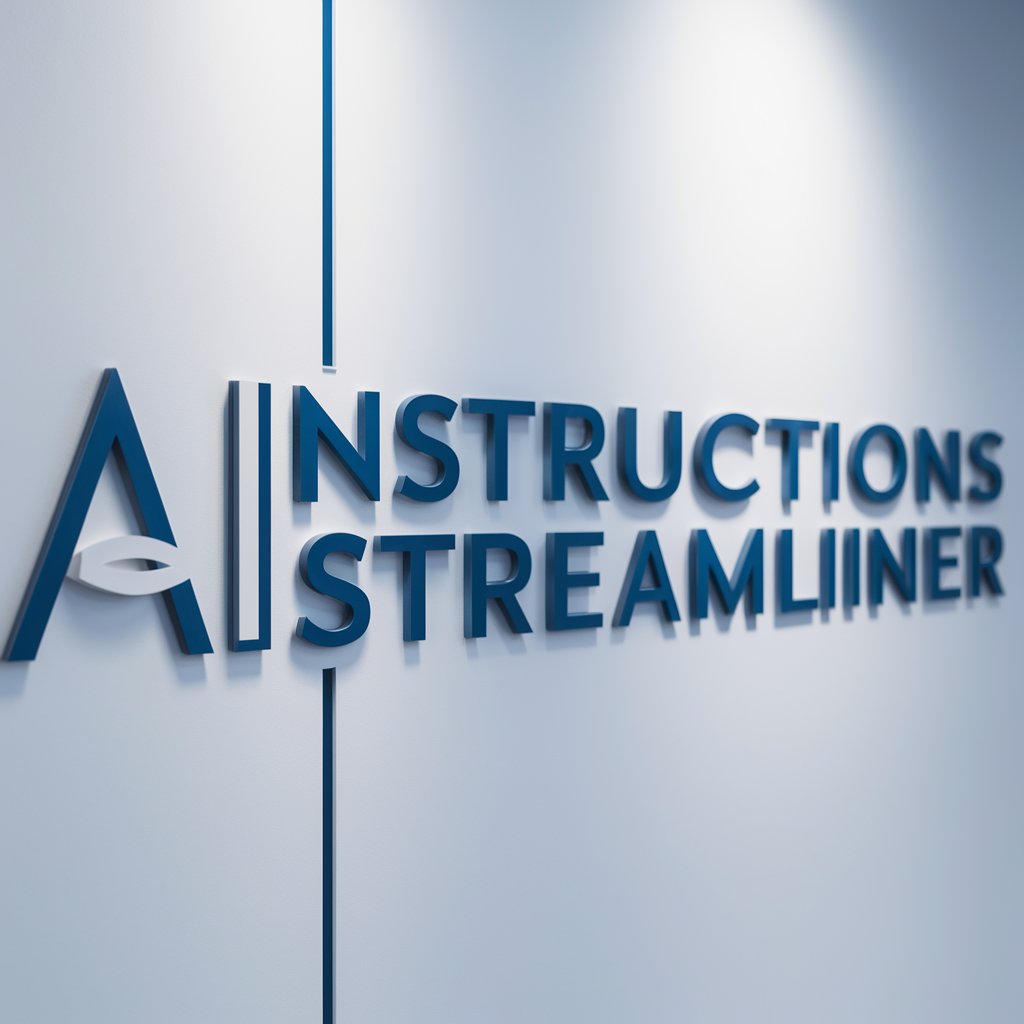
Logos Scholar
Empowering biblical exploration with AI

The Logos
Exploring Philosophy with AI

E BOOK DESIGNER LOGOS
Craft Your Story's Cover with AI

Humanize AI
Making AI Understandable for Everyone
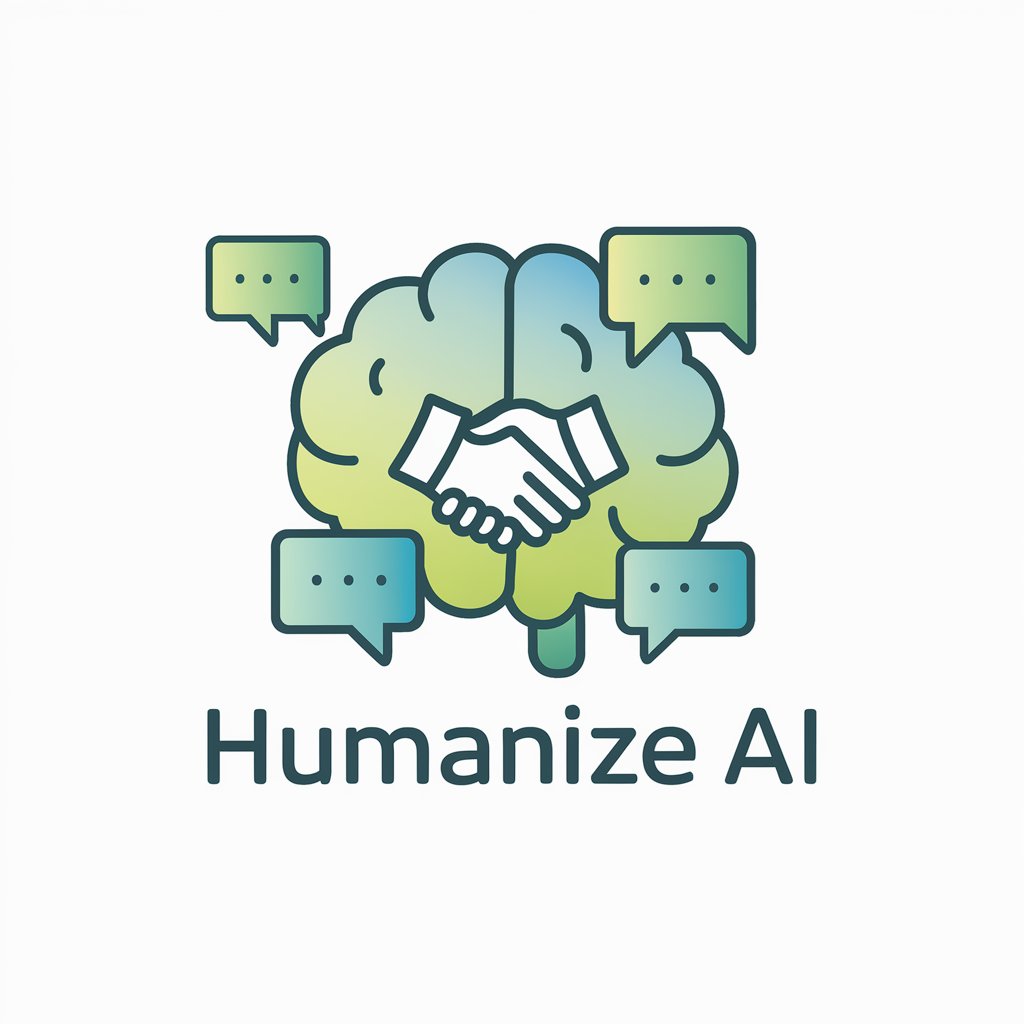
Ctrl+Play
Empower Your Play with AI

Frequently Asked Questions about Custom Instructions Distillery
What is Custom Instructions Distillery?
Custom Instructions Distillery is a specialized GPT designed to create concise, effective custom instructions for GPTs, utilizing advanced prompt engineering to achieve specific goals and functionalities.
Who can benefit from using CID?
Developers, researchers, content creators, and educators can benefit from CID by obtaining tailored instructions to enhance GPT applications for tasks like automated content generation, data analysis, and educational tools.
Can CID generate instructions for any GPT model?
Yes, CID is designed to work with various GPT models by analyzing user-provided objectives and crafting instructions that align with the specific model's capabilities and limitations.
How does CID ensure the effectiveness of the instructions?
CID employs semantic compression, contextual synthesis, and iterative refinement techniques, along with user feedback, to ensure the instructions are both concise and effective in achieving the desired outcomes.
Can CID adapt instructions based on feedback?
Absolutely. CID is built to incorporate feedback loops, allowing users to refine their objectives and requirements based on initial outcomes, ensuring continuous improvement and customization.
